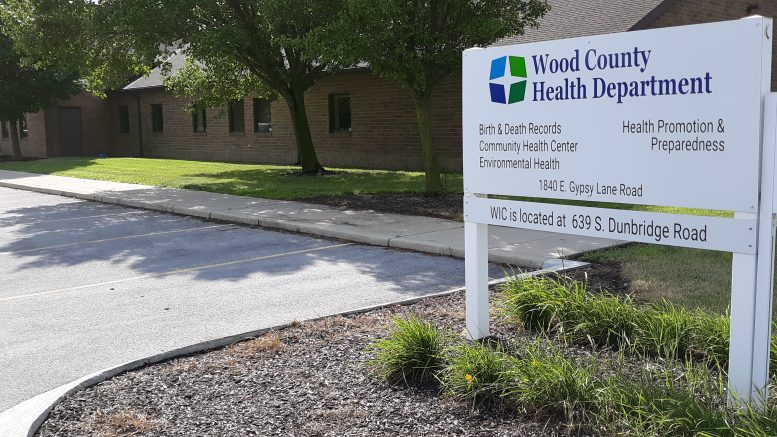Test results from the Ohio Department of Health show a connection between at least eight of the 20 confirmed cases of E. coli reported in Wood County.
Samples from those sickened have been sent to ODH for testing, with a common link of Shiga Toxin E. coli (STEC) being identified.
“At this stage, we are working with state and federal partners to explore possible links and understand next steps. A food has not yet been identified as a source of this outbreak and this investigation is ongoing,” the Wood County Health Department reported.
“So far, we have received eight of those back and all have been the same serotype. That tells us that there may be a link between cases,” the health department reported. “Approximately 30% of STEC cases are this serotype, so it’s not definitive but does help us identify next steps to pursue in the investigation.
Twenty cases of E.coli have been reported in the county, and seven people have been hospitalized for symptoms since July 31. The ages of those affected range from 13 to 68.
Wood County Health Department is working with state and federal partners to explore possible links and understand next steps.
The CDC is currently investigating reports of E. coli cases in Michigan and Ohio. Wood County’s cases with matching serotypes completed are included in numbers reported by the CDC. Information on the CDC investigation is linked here: https://www.cdc.gov/ecoli/2022/o157h7-08-22/details.html.
Call your healthcare provider right away if you have any of these severe E. coli symptoms:
- Diarrhea and a fever higher than 102°F
- Diarrhea for more than 3 days that is not improving
- Bloody diarrhea
- So much vomiting that you cannot keep liquids down
- Signs of dehydration, such as:
- Not peeing much
- Dry mouth and throat
- Feeling dizzy when standing up
Most people with a STEC infection start feeling sick 3 to 4 days after eating or drinking something that contains the bacteria. However, illnesses can start anywhere from 1 to 10 days after exposure. Most people get better within 5 to 7 days. Some infections are very mild, but others are severe or even life-threatening.
If you believe you are or have experienced the severe E. coli symptoms listed above from July 20 to the present, think about where you may have traveled, what you may have eaten and where in the 10 days prior to the start of your symptoms.
Then go to: https://woodcountyhealth.org/health-promotion-and-preparedness/infectious-disease/ and click on the “take this survey” link in blue.
E. coli are a diverse group of bacteria that normally live in the intestines of humans and animals. Although most strains of these bacteria are harmless, some produce toxins that can make you sick and cause diarrhea. Shiga toxin-producing E. coli(STEC) is one of the strains that can make people sick.
Preventing the spread of E. coli
- Hand washing with soap and water is the best prevention.
- Anyone with active diarrhea should not prepare food until the diarrhea has ceased for at least 24 hours.
- If you have small children, avoid touching items that children are likely to put into their mouths, like pacifiers or teethers.
- If you have STEC infection and work in food, healthcare or child care:
- You should remain off work until 48 hours after the diarrhea has ceased and 2 consecutive stool samples have been collected.
- Additionally, anyone with diarrhea should avoid swimming, water-related activities and sexual contact with other people while experiencing symptoms.
Food safety: Follow these four steps to prevent E. coli.
- Clean: Wash your hands, utensils, and surfaces often. Rinse fruits and vegetables under running water before eating, cutting, or peeling.
- Separate: Keep food that won’t be cooked separate from raw meat, poultry, and seafood.
- Cook: Use a food thermometer to make sure you have cooked your food to a temperature high enough to kill germs.
- Chill: Refrigerate perishable food (food that goes bad) within 2 hours. If the outside temperature is hotter than 90°F, refrigerate within 1 hour. Thaw food in the refrigerator, not on the counter.
FOR MORE INFORMATION ABOUT E. COLI: https://www.cdc.gov/ecoli/

